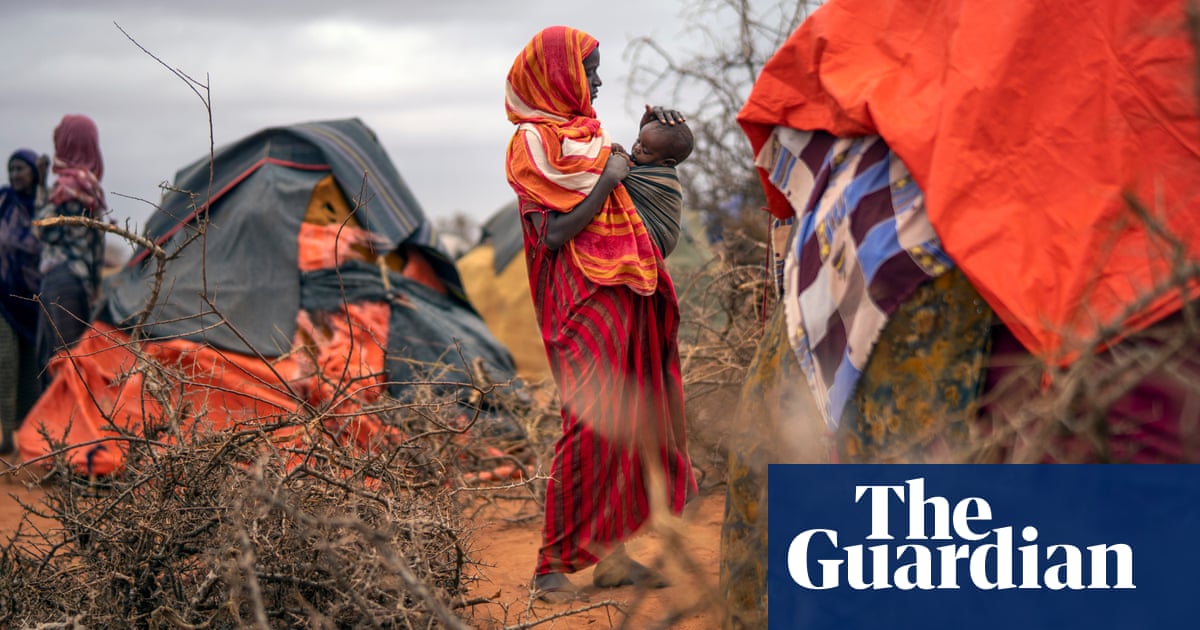Drought is pushing millions toward hunger worldwide. It’s a growing problem, linked to climate change, and the effects are hitting hard.
In eastern and southern Africa, over 90 million people are facing severe hunger due to unprecedented drought. In Somalia, around a quarter of the population is nearing starvation, with more than a million displaced from their homes. This crisis isn’t new; last August, one-sixth of southern Africa needed food aid, and Zimbabwe’s corn production plummeted by 70% from the previous year.
Mark Svoboda, director of the US National Drought Mitigation Center, describes this situation as a “slow-moving global catastrophe.” Recent research from his center, the UN Convention to Combat Desertification, and the International Drought Resilience Alliance highlights the suffering and devastation affecting countries across Africa, Southeast Asia, Latin America, and the Mediterranean.
In Latin America, drought diminished water levels in the Panama Canal, disrupting shipping and trade with traffic dropping over a third. By early 2024, Morocco faced six years of drought, resulting in a staggering 57% water shortage. Spain saw olive production fall by 50%, causing olive oil prices to double, while Turkey faces land degradation that puts 88% of the country at risk of desertification.
The report noted that the Mediterranean region is a warning sign for the world. Svoboda emphasized that countries like Spain, Morocco, and Turkey demonstrate what unchecked climate change may lead to, warning that no nation can remain complacent about water scarcity and food supply.
Recent findings reveal that climate conditions, like El Niño, have worsened drought impacts. A lack of rainfall and high temperatures have led to critical water shortages, low food supply, and even power rationing in many areas. The drought doesn’t just affect local regions; it disrupts global supply chains for essential crops like rice, coffee, and sugar. Dry conditions in major producers like Thailand and India led to a 9% increase in sugar prices in the United States.
This worsening situation comes alongside a broader water crisis. Demand for fresh water is set to outpace supply by 40% by the decade’s end. A major report last fall highlighted that over half of the world’s food production could be at risk in the next 25 years.
Additionally, a March report flagged the alarming loss of glacier ice, threatening food and water sources for 2 billion people. The Organisation for Economic Co-operation and Development revealed that the global area affected by drought has doubled in the last 120 years, with drought costs expected to rise sharply.
Ibrahim Thiaw, from the UN Convention to Combat Desertification, stresses that drought is a “silent killer” that sneaks up on communities and devastates lives. He urged for urgent global cooperation to address this pressing issue. As drought, food shortages, and energy crises escalate, we must prepare for a new norm that will demand collective action to avert deeper societal unraveling.
Source link




















